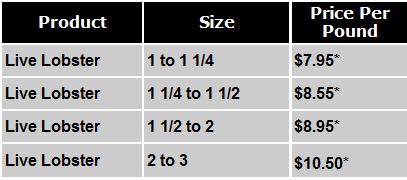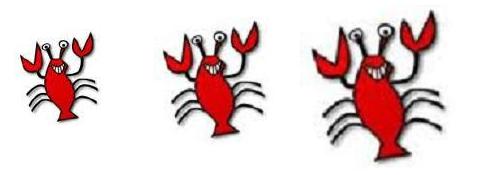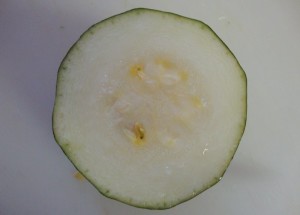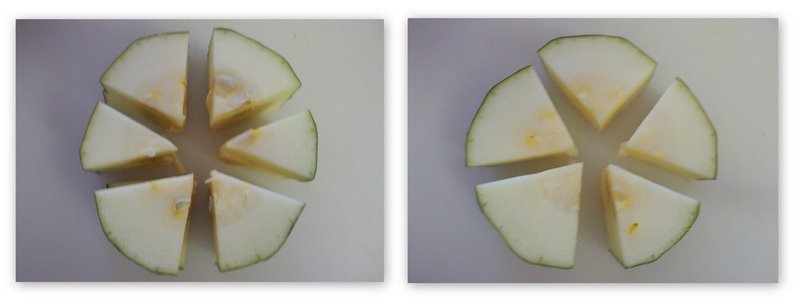 This is a clever (and creepy) application of optical illusions–a painting, drawn on the pavement, that appears to on-coming drivers as a child playing in the middle of the street.
This is a clever (and creepy) application of optical illusions–a painting, drawn on the pavement, that appears to on-coming drivers as a child playing in the middle of the street.
http://reviews.cnet.com/8301-13746_7-20016169-48.html
The purpose of this, presumably, is to catch the attention of drivers so that they will slow down.
The illusion is strikingly effective, and by watching the video you can see how long the image on the ground is. I wonder if the painting is equally stretched out at all points–is it just a dilation of a normal drawing?–or is it more of a distorted projection–like Greenland on a flat map? That is, is the head of the painting five-times normal size, while the shoes of the painting are twice normal size? My gut feeling is that the painting needs to be distorted like that, but I’m not really sure.
Now, whether this strategy will prevent accidents or actually cause more accidents remains to be seen.






